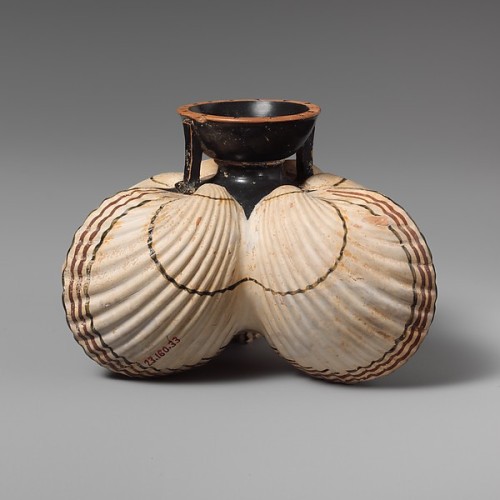#greek pottery
Jar with a Mistress of the Wild Animals
7th Century BCGreek, Cretan
http://carlos.digitalscholarship.emory.edu/items/show/8548
Post link
Fragment of a Kylix, 400s BC,Cleveland Museum of Art: Greek and Roman Art
Size: Overall: 14.5 cm (5 11/16 in.)
Medium: earthenware

Post link
2.
Rider Painter
Name vase of the Rider Painter. Horseman accompanied by a winged figure. (Laconian vase painting) (Black-figure pottery)
550-520 B.C., terracotta, British Museum, London
Post link
Terracotta lekanis (dish). Eos top - Eros, woman, and swan bottom.
Attributed to the Stuttgart Group, Greek, late 4th century B.C.
Post link
Other people guilty of cultural appropriation: Romans who display genuine Greek red-/black/figure pottery and act like they’re so ~~~cultured~~~~~ (and, y’know, stinking rich) to have it. I BET YOU STOLE IT, STOLEN FROM ITS RIGHTFUL OWNERS IN GREECE!!
I started playing DnD with my friends. I’m a noob, but I’m a noob that can draw, so of course I made character cards for our entire party. Because friendship.
For the cards, I took inspiration from different cultures for how I would stylize each one
for more info/dev commentary on Umran (because he’s my character) keep reading if you want I guess.
For Umran, my character, I wanted to do an asian inspired take on a Paladin. Not a monk, because I wanted him to still be armoured. So I took the idea of a religious warrior, and tried to make the base religion different from catholicism, and add a focus on spirituality. Which is why I made him a Kalashtar (Secret Identity background so I guess in game no one really knows he’s a Kalashtar or that Umran is technically not even his real name). Although his origins are a secret, it’s fairly obvious that he’s foreign so he doesn’t hide that he’s foreign and his design leans into that. In fact he takes advantage of how other’s perceive him a the “exotic foreigner” and hides his true identity in plain sight. Umran was really about putting different spins on a Paladin. Different base religion, more DPS leaning, not lawful, a rogue-ish-like personality, etc.
Post link
Attic black-figure amphora (view of both sides) by the Amasis Painter, c. 530 BCE. (Neer 5.42a & b)
Post link
Exekias, Achilles and Ajax playing a dice game (detail from an Attic black-figure amphora), from Vulci,
Italy, ca. 540 BCE. Whole vessel approx. 2’ high. Vatican Museums, Rome.
Post link




Painted myself as my minecraft skin with some of my things! This is self care.
Lakonian Black-figure kylix, attributed to the Boreads Painter, ca. 570–565 BCE, currently in Malibu, Getty 85.AE.121.
Bellerophon slaying the Chimaera with Pegasus.
I’ve noticed how rarely Lakonian vase painting is mentioned when discussing Greek pottery, though I find it to be some of the most visually striking and distinctive pottery from Greece! Unlike the Athenians who limit their interior kylix decorations to a smaller tondo within the cup, the Lakonians use up almost all of the interior space of a kylix. This results in these huge images that would come within inches from someones face while they drank from their cups. This is an aspect of Greek pottery that I find to be commonly overlooked–that these objects were meant to be used and and interacted with, not just admired from a distance.
Post link
Terracotta Askos, 350 BC, Unknown
[This item is on display at the Metropolitan Museum of Art]
Post link
Terracotta vase in the form of an astragal, 460 BC, Unknown
[This item is on display at the Metropolitan Museum of Art]
Post link
Terracotta aryballos (oil flask) in the form of three cockleshells (6.2 cm/2 ½ in high)
Inscribed on the lip, “the boy is fair.” Such small bottles held the olive oil used by athletes to cleanse themselves after exercise.
Attic Greek, Archaic period, late 6th century B.C.
Terracotta Aryballos in the form of Three Cockleshells - Archaic Greek/Attic Greek
ca. 500 - 600 BCE/BC
Post link

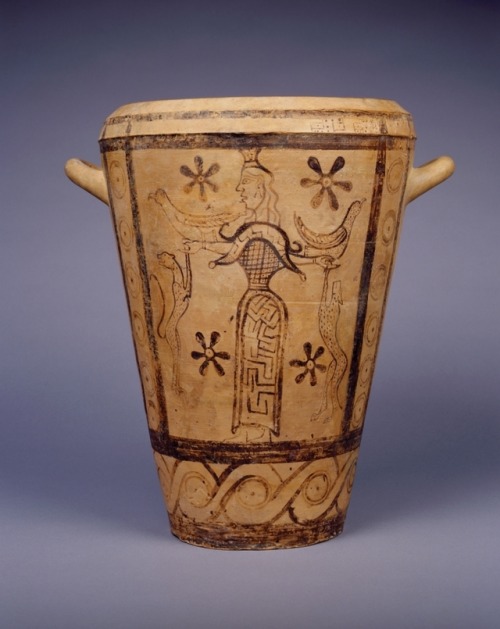
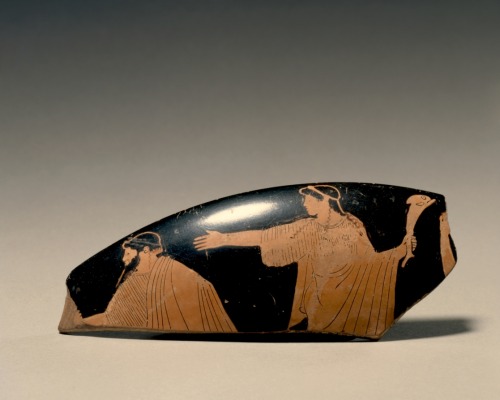






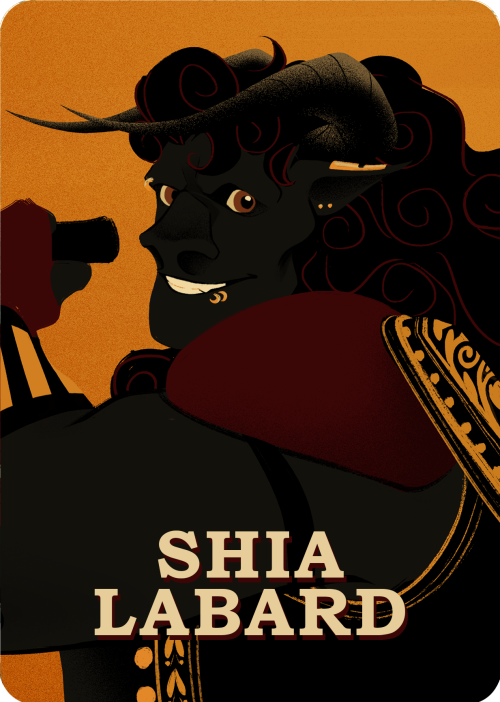
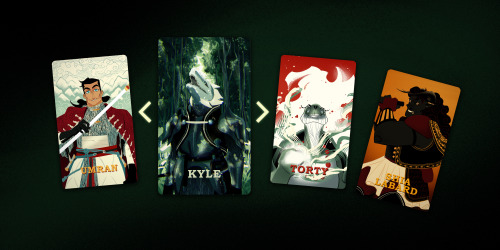






![Terracotta Askos, 350 BC, Unknown [This item is on display at the Metropolitan Museum of Art] Terracotta Askos, 350 BC, Unknown [This item is on display at the Metropolitan Museum of Art]](https://64.media.tumblr.com/aa0be0835cfc1351da9b0921a026c6d1/tumblr_n9eb4s8kjs1r16o8eo1_500.png)



